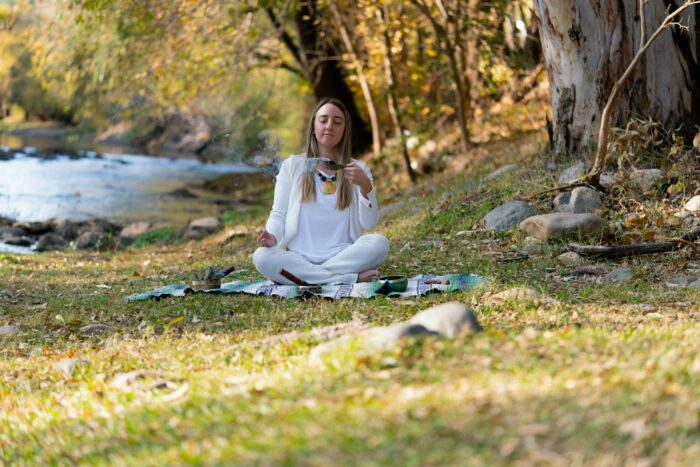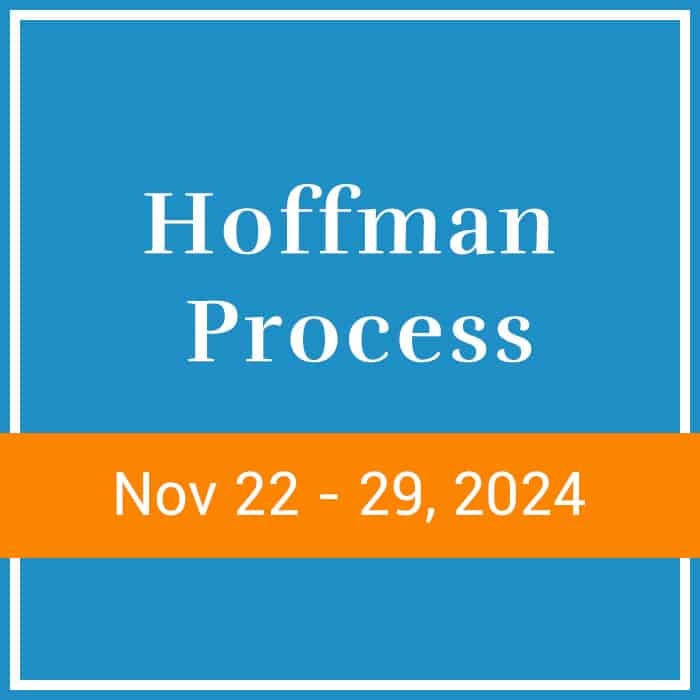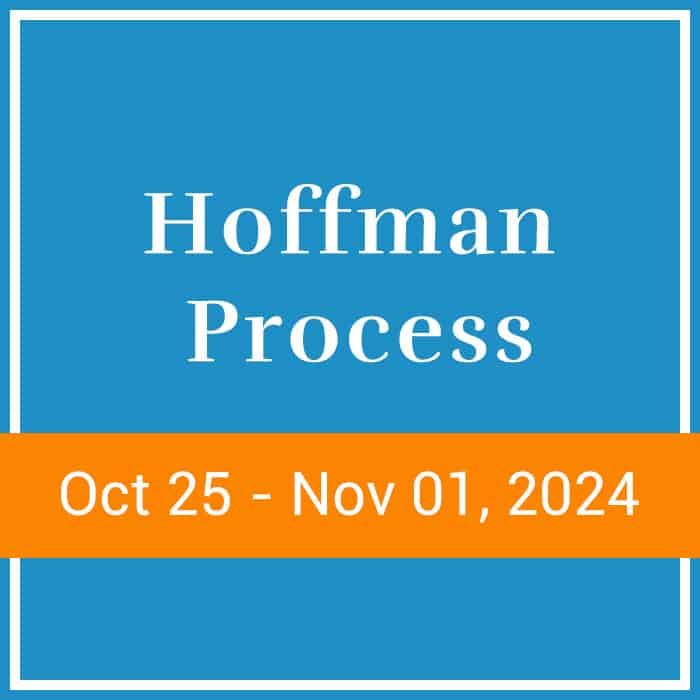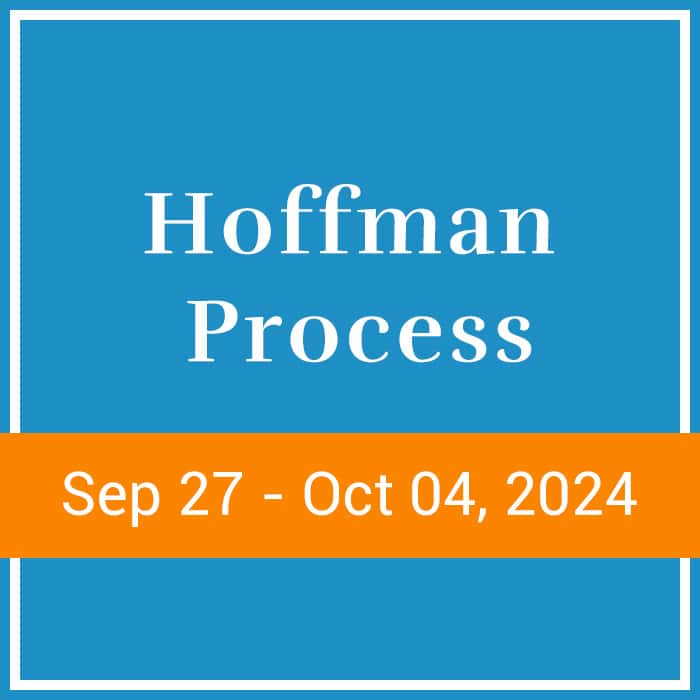Anxiety, a prevalent issue affecting many on a daily basis, can significantly disrupt our lives, rendering seemingly simple tasks daunting and overwhelming. While it presents a complex challenge, the practise of mindfulness offers a pathway to better manage this condition. This approach grounds us in the present moment, fostering a sense of peace and decreasing stress. Beginners to mindfulness can easily adopt simple techniques that make a profound difference. Among the most effective tools are focused breathing exercises, which help in regulating our emotional responses, and visualisation techniques that guide our mind towards tranquillity. Embedding these practises into a daily routine enhances their efficacy, allowing the benefits to compound over time. Incorporating gentle, mindful movements into our day can further release physical tension that accompanies anxiety. Moreover, mindfulness meditation delves deeper into cognitive reform, addressing anxiety at its roots. Such commitment not only alleviates immediate anxiety but also equips individuals with the skills to maintain lasting mental wellness. Through consistent practise, mindfulness transforms from mere exercises to a sustained way of life, ensuring long-term management of anxiety.
Content
Understanding Anxiety and Its Impact on Daily Life
The Nature of Anxiety
Anxiety is more than just feeling stressed or worried. While stress can come and go, anxiety is more persistent, affecting a person’s ability to engage in their day-to-day activities. It often triggers in the absence of any real threat, creating disproportionate responses to situations. Understanding its distinct nature is the first step towards managing its profound impact on daily life.
Physical Symptoms of Anxiety
Anxiety manifests not only mentally but also physically. Common physical symptoms include palpitations, sweating, trembling, and fatigue, which can lead to further distress and exacerbation of anxiety. The recognition of these physical cues is crucial as they serve as early indicators, allowing individuals to apply mindfulness techniques promptly.
Emotional and Social Implications
The emotional toll of anxiety extends beyond personal discomfort, affecting relationships and social interaction. Individuals may experience difficulty in maintaining focus, managing emotional outbursts, or withdrawing from social engagements, which can lead to isolation. This underscores the importance of addressing anxiety holistically to improve both personal well-being and social connectivity.





The Hoffman Process - 7-day Residential Retreat
The Hoffman Process has been operating for over 50+ years in 14 countries and 15 locations worldwide, benefiting over 150,000 people from all walks of life.
What is Mindfulness and How Can It Help
Mindfulness is a mental state achieved by focusing one’s awareness on the present moment, while calmly acknowledging and accepting one’s feelings, thoughts, and bodily sensations. It is a therapeutic technique rooted in meditation but applicable in various daily activities. Originating from Buddhist traditions, mindfulness has been widely embraced in psychological practices around the world due to its benefits in managing stress, anxiety, and other emotional disorders. Practising mindfulness helps individuals to detach from their habitual emotional responses and view their thoughts and sensations more objectively.
By integrating mindfulness into daily life, individuals struggling with anxiety can experience significant relief. The practise aids in breaking the cycle of chronic anxiety by disrupting the automatic reactions typically triggered by stressors. Through regular mindfulness exercises, one can cultivate a state of enhanced self-awareness and self-regulation. This increased mindfulness leads to better control over physiological responses to stress, such as rapid breathing and increased heart rate, often reducing the intensity and frequency of anxiety episodes.
Moreover, mindfulness fosters a non-judgmental attitude, allowing individuals to accept their thoughts and feelings without criticism. This attitude is crucial for mental health, as it shifts one’s perspective and reduces the power of negative thoughts that fuel anxiety. Over time, mindfulness nurtures a sense of calm and emotional resilience, equipping individuals with the ability to face daily challenges with a clearer, more composed mind. This psychological tool not only helps manage anxiety but also enhances overall quality of life by promoting greater emotional flexibility and deeper relaxation.
Simple Mindfulness Techniques for Beginners
Mindful Breathing
One of the simplest forms of mindfulness that any beginner can start with is mindful breathing. This involves paying close attention to the natural inhalation and exhalation of breath without attempting to control it. The focus should remain solely on the sensation and sound of the breath as it moves in and out of the body. This technique can be practised almost anywhere and anytime, serving as a quick way to anchor oneself in the present moment, divert attention away from anxious thoughts, and foster a sense of peace.
Body Scan
The practice of a body scan involves slowly focusing on each part of the body, from the toes to the top of the head, noting any sensations, tension, or discomfort. This exercise promotes heightened awareness of bodily sensations and encourages a deeper connection between the mind and body. It allows individuals to recognise and release points of tension they might not have been aware they were holding, contributing significantly to stress reduction and relaxation.
Mindful Observation
Mindful observation encourages individuals to take a moment to observe their surroundings with a keen focus on small details. This could involve watching leaves rustle in the wind, noticing the array of colours in a painting, or observing the complex movements of people in a busy area. This form of mindfulness helps anchor the person in the now, pulling their mind away from anxiety about the past or future and redirecting their focus to the richness of the present moment.
Stay informed with our frequent updates, event announcements, news, and more.
Breathing Exercises to Reduce Anxiety
Breathing exercises are a cornerstone of many mindfulness practices and are particularly effective in managing anxiety. When anxious, the body’s automatic response is to increase the heart rate and quicken the breath. By consciously controlling the breath, one can influence these autonomic responses, leading to greater emotional and physiological calm. One simple technique is the deep breathing exercise, also known as diaphragmatic breathing, where one inhales deeply through the nose, allowing the abdomen to rise, holds the breath briefly, and then exhales slowly through the mouth.
Another effective breathing technique to combat anxiety is the 4-7-8 method, which involves breathing in for 4 seconds, holding the breath for 7 seconds, and exhaling for 8 seconds. This practice helps reduce anxiety by increasing the amount of oxygen in the bloodstream, slowing the heart rate, and promoting a state of overall calm. Regular practice of the 4-7-8 breathing can assist in resetting the body’s natural stress response and can be especially beneficial before situations known to induce anxiety.
Progressive relaxation also pairs well with controlled breathing exercises. This involves tensing each muscle group as you breathe in and relaxing them as you breathe out. Working through the muscle groups progressively helps release physical tension, which often accompanies anxiety. The combination of releasing muscle tension and controlled breathing helps to tranquilise the mind, steering clear of anxious thoughts and promoting both mental and physical relaxation.
Visualisation Practices for Inner Peace
Guided Imagery
Guided imagery involves mentally visualising a scene, place, or image that you find soothing. This technique uses the power of the mind to evoke calmness through sensory memories such as sights, sounds, and smells. Individuals are encouraged to imagine a peaceful setting, perhaps a quiet beach or a serene forest, and immerse themselves in the details of this environment. As they delve deeper into the scene, the stress and anxiety begin to dissipate, replaced by a sense of peace and well-being.
The Safe Place Exercise
The Safe Place exercise is a powerful visualisation technique for inner peace. Practitioners are asked to conjure up a mental image of a place where they feel completely safe and at ease. This could be a real place they’ve visited in the past, a fantasy setting, or a combination of both. The emphasis is on creating a vivid mental sanctuary that can be accessed whenever feelings of anxiety emerge. This safe place serves as a mental retreat, offering solace and security during stressful times.
Colour Visualisation
Colour visualisation is a method that involves focusing on a specific colour that embodies tranquillity and positivity for the individual. The person visualises this colour engulfing their space and body, transforming stressful feelings into a more relaxed state. This practice can be enhanced by associating particular positive emotions or affirmations with specific colours, deepening the calming effect. As a form of mindfulness, colour visualisation helps individuals centre their thoughts and emotions, significantly reducing anxiety and promoting a peaceful mind.
Book a Free Consultation
Take advantage of our free consultation and speak with one of our consultants.
Free Self Assessment
Find out in 5 minutes if the Hoffman Process is right for you.
Developing a Daily Mindfulness Routine
Developing a daily mindfulness routine can significantly enhance one’s ability to manage anxiety and maintain mental clarity throughout the day. The key to establishing this routine is consistency and simplicity. Begin by setting aside a specific time each day for mindfulness practices, ideally when disruptions are minimal. Morning routines are often preferable as they can set a calm tone for the rest of the day. Starting with short periods, such as five or ten minutes, and gradually increasing the duration can help form a habit without feeling overwhelming.
Incorporating a variety of mindfulness exercises can keep the routine engaging and cover different aspects of mental health. For instance, alternating days between mindful breathing, body scans, and gentle yoga can cater to both the mind and body, preventing the routine from becoming monotonous. It’s also beneficial to integrate mindfulness informally into daily activities. This can be done by practicing mindful eating during meals, mindful walking when moving from one place to another, or even mindful listening during conversations. This ensures that mindfulness becomes a seamless part of life rather than just a scheduled task.
To support the mindfulness journey, using reminders can be effective. Setting alarms for mindfulness sessions or placing visual cues around living and workspaces can prompt engagement in mindful activities. Additionally, logging reflections in a journal after each session can enhance self-awareness and motivation. Reflecting on feelings and progress can provide insights into the benefits of the routine over time, encouraging persistence and gradual improvement in managing anxiety through mindful living.
Mindful Movement Exercises to Alleviate Stress
Yoga for Stress Relief
Yoga is a well-known mindful movement exercise that not only promotes physical flexibility but also enhances mental well-being. By combining various postures with controlled breathing exercises, yoga helps in releasing tension and stress accumulated in the body. Each pose is held with focused attention, which helps in cultivating mindfulness and bringing a deeper awareness to the present moment. Regular practice can significantly reduce stress levels and boost overall health.
Tai Chi: Flowing Movements
Tai Chi, a form of martial arts known for its slow and graceful movements, is another excellent mindful movement exercise. It involves a series of motions performed in a slow, focused manner accompanied by deep breathing. This discipline helps in reducing stress by promoting a state of calm and balance. Tai Chi is particularly beneficial for its ability to not only reduce physical tension but also promote mental focus and tranquility.
Walking Meditation
Walking meditation is a simple yet powerful mindful movement practice that involves walking slowly and deliberately, focusing intensely on the movement of the body and the sensations underfoot. Each step is taken with intentional awareness of the body’s movements and the environment, which helps to anchor the mind in the present moment. This form of meditation is particularly effective for those who find sitting still challenging and can be a refreshing way to relieve stress while engaging in mild physical activity.

Using Mindfulness Meditation to Address Anxiety
Mindfulness meditation is an effective technique for addressing and managing anxiety by focusing the mind on the present and reducing the tendency to ruminate over past or future concerns. The practice involves sitting in a quiet place and observing thoughts and sensations without judgement or attachment. This can help individuals recognise their patterns of negative thinking that often contribute to anxiety. As practitioners learn to observe their thoughts as merely thoughts, they gain greater control over their reactions to those thoughts, which can lead to a significant decrease in anxiety levels.
During mindfulness meditation, specific attention is given to the breath, which serves as an anchor to the present moment. By concentrating on each inhale and exhale, practitioners can cultivate a sense of mental stability and calm. Regular practice helps in developing the skills necessary to stay centred and calm in stressful situations. This practice not only helps in managing immediate anxiety but also builds resilience against future stressors by enhancing overall mindfulness and emotional regulation.
In addition to regular practice, mindfulness meditation can be complemented with mindfulness exercises throughout the day to maintain and deepen the benefits. Incorporating mindfulness into daily routines, such as while eating, walking, or even during brief work breaks, can help maintain a reduced level of anxiety consistently. These practices help in reinforcing the state of mindfulness achieved during meditation, making it easier to access tranquillity during times of stress. By integrating mindfulness meditation into one’s lifestyle, it becomes a powerful tool for managing anxiety and improving mental health.
Maintaining Mindfulness and Managing Anxiety Long-Term
Establishing a Regular Practice
To truly benefit from mindfulness in managing anxiety long-term, establishing a consistent practice is key. It’s important to integrate mindfulness exercises into your daily routine, making them as habitual as brushing your teeth. Regular practice not only helps in stabilising mood and reducing anxiety but also strengthens the brain’s ability to return to a state of calm more quickly after reacting to stress. Additionally, setting realistic expectations and being patient with your progress is crucial, as the benefits of mindfulness accumulate over time.
Incorporating Mindfulness Into Daily Activities
Beyond scheduled meditation sessions, embedding mindfulness into regular daily activities can profoundly enhance its long-term benefits. Activities like cooking, cleaning, or commuting can become opportunities for mindfulness practice. By focusing fully on the task at hand, noticing the sensations, movements, and thoughts that arise, we can cultivate a deeper level of presence. This ongoing practice helps in maintaining a calm and focused mind throughout the day, making it easier to manage anxiety as it arises.
Seeking Support and Continuing Education
Maintaining mindfulness and managing anxiety long-term can sometimes require additional support and resources. Engaging in mindfulness workshops, joining a meditation group, or even seeking guidance from a therapist specialised in mindfulness strategies can provide support and motivation. Furthermore, reading books, listening to podcasts, or using guided meditation apps can offer fresh perspectives and techniques to enhance your practice. Continually educating yourself and seeking communal support can make the journey more manageable and enriching.










